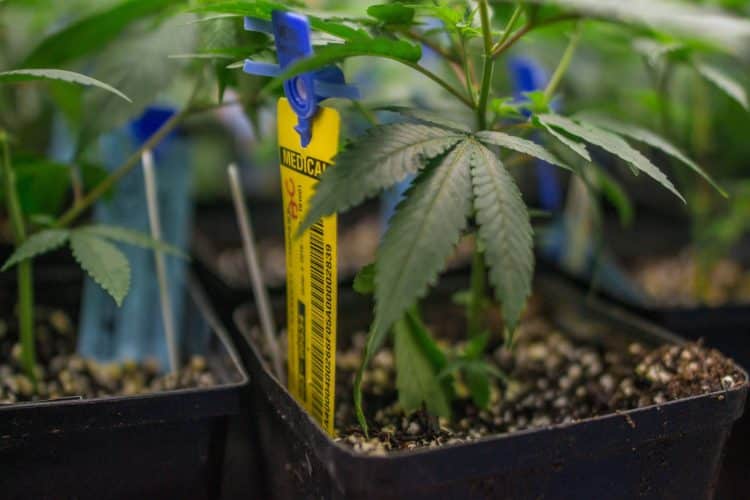The adoption of the track-and-trace system (a.k.a. Seed-to-Sale) in the cannabis industry has turned into a contentious topic, with some assessing it as a solid and legitimate way to track the sales and distribution of cannabis, while others believe it to be a tangled web of overly intricate, arduous, and costly procedures, a typical product of Big Data meets bureaucracy.
How it Works
Growers have to place tags with an embedded radio transmitter on each plant. The tags correspond to a unique ID number, basically giving each plant an identity.
Every plant’s tag is scanned at every step of the supply chain, with employers updating the plant’s information like cultivar, weight, potency, other lab results, etc. When it is scanned, its info is sent to the state’s database in real time. The updating finishes only once it’s sold. If discrepancies between harvests and sales occur, the state can audit to determine the reason.
Pros
Black Market, Safety, Taxes
Supporters of the track-and-trace system see it as a way to put the black market at bay, keeping its products, which aren’t tested for safety and aren’t subject to taxes, away from the legal shelves. In that sense, it’s hard to argue that the system isn’t an indispensable part of a new, legitimate cannabis industry, unsullied by past stigmas and potentially hazardous products of slack regulatory methods and attitudes.
Speaking of safety, another pro is that if a product is deemed hazardous for whatever reason, it can be traced back to the stores who purchased it, thus helping to mitigate the damage.
Potential Profits
Some cannabis business owners believe the track-and-trace system also provides valuable and more precise insight into consumer behavior and habits.
Cons
Too Diligent
Some growers believe the system goes one-step-too-far. The amount of scanning and product information updates a business’s staff has to do throughout the supply chain amounts to a lot of extra time and energy that is arguably unnecessary.
Too Radical and Sudden
Another problem some see is that this sweeping change is anything but gradual, as businesses aren’t allowed to teach their staff the ropes before the system’s actual implementation due to legal reasons.
Too Costly
All that extra time and energy employees have to spend complying with the new system has to be paid for.
Furthermore, the track-and-trace system isn’t free, with monthly licensing fees ranging from $250 to $20,000 depending on the operation’s size. Training staff in using the system is another expense, and many businesses even have to open separate staff positions specifically for experts in it.
The track-and-trace system may not be perfect and might not be for the immediate future,as refining and adjusting to it both logistically and financially will take some time. However, to continue without it is basically reverting to the industry’s old ways.












